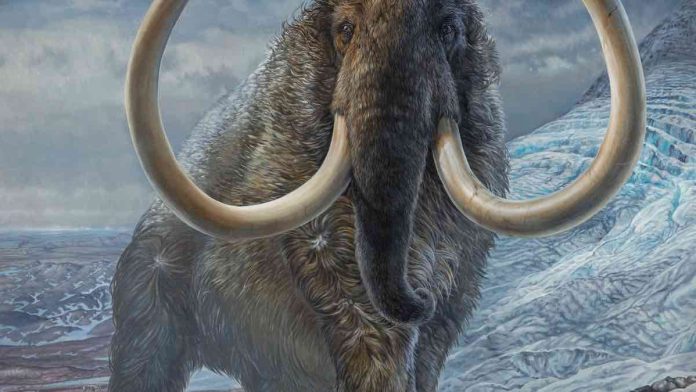A debate that has lasted almost a century may have come to a conclusion based on new discoveries about the weaning age of Siberian mammoths. Weaning age is the period of time that an animal stops receiving milk from its mother. The study of mammoth tusks collected from Siberian conducted by Michael Cherney and Daniel Fisher from the University of Michigan that was based on nitrogen isotopes shows that man had more influence on the demise of mammoths than previously thought.
The researchers examined the ratios of two isotopes of nitrogen, nitrogen-14 and nitrogen-15, in the milk and bones of African elephants. Low values of nitrogen-15 versus nitrogen-14 indicate an increase in the consumption of solid food and a decrease in consumption of milk. The low rate of consumption of milk was correlated to high rates of human predation on elephants and a low concentration of nitrogen-14 correlated with a change in climate for modern elephants.
The researchers applied the results of the African elephant analysis to 15 tusks known to have been from Siberian mammoths that ranged between the ages of three to 12 yeas of age. The ratios of the nitrogen isotopes in the mammoth tusks were found to be almost identical to the African elephant samples. The discovery indicates that human predation on mammoths in Siberia had more to do with the demise of mammoths than climate change. The assumption is that the demise of mammoths in North America occurred from similar human activity.















